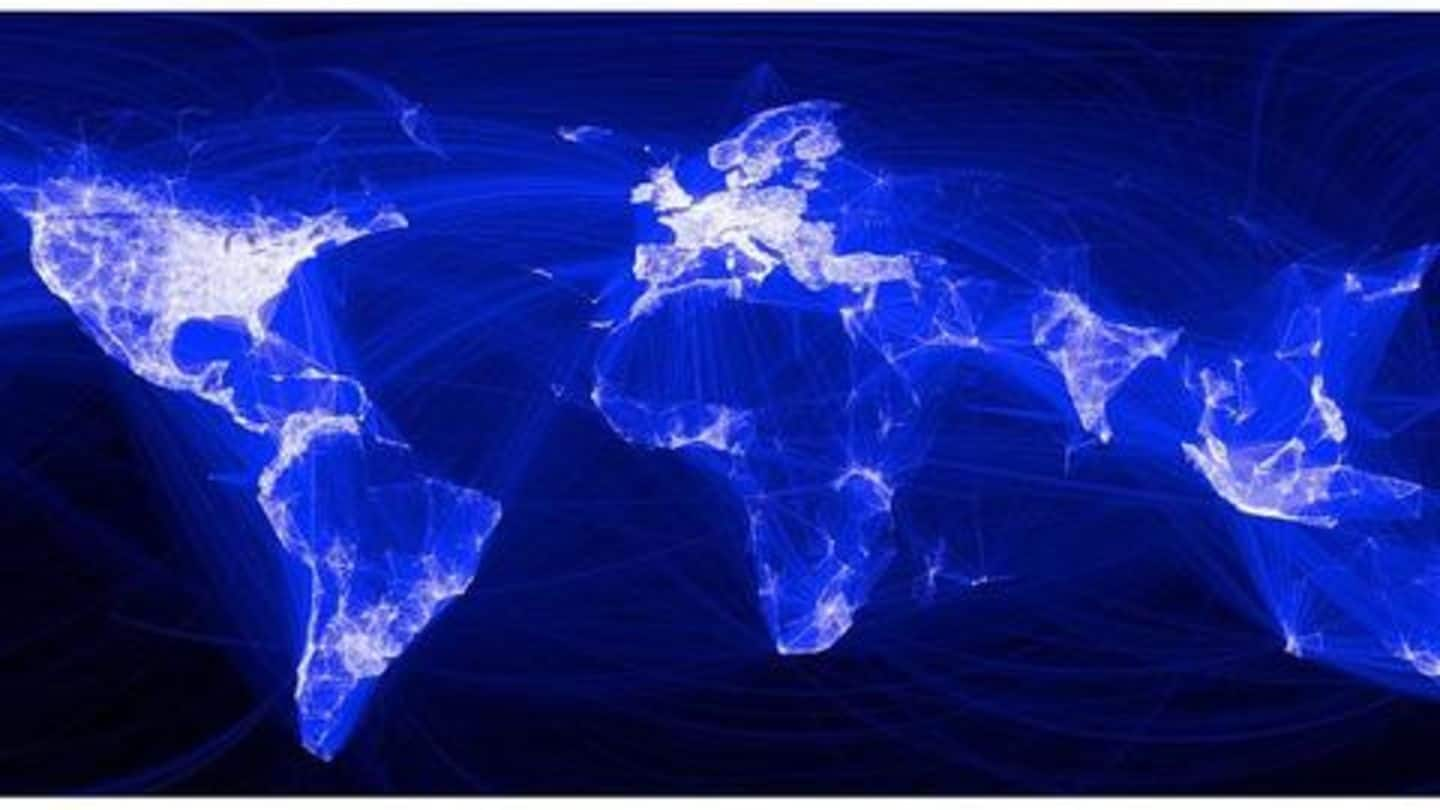
6 interesting facts as World Wide Web turns 30
What's the story
The first ever email was sent in 1971, but the internet wasn't truly accessible for nearly two decades. This changed with Sir Tim Berners-Lee's proposal of an 'information management' system called the World Wide Web. It enabled information transmission/access across 'hyperlinked' webpages, opening gates to the internet we know today. Today, as the World Wide Web turns 30, let's look at some interesting facts.
Fact #1
Frustration led to the development of WWW
Berners-Lee's proposal for the World Wide Web came from the frustration of having to log in from different computers to access different pieces of information. He worked with his colleagues at CERN, Switzerland's famous particle physics lab, to write the code for WWW and the first web browser - WorldWideWeb. And interestingly, he used a NeXt computer developed by Steve Jobs for the task.
Information
Response on the proposal
When Berners-Lee submitted the proposal for the World Wide Web Information Management system, his boss at CERN, Mike Sendall, left the remark 'Vague but exciting' indicating how powerful and futuristic his idea was.
Fact #3
Different names considered before World Wide Web
Notably, Berners-Lee considered various monikers before the World Wide Web. This, as Irish Examiner notes, included a range of options, including names like Mine of Information, The Information Mine and Information Mesh. Meanwhile, the term 'surfing the web', which is commonly used for using the internet, was popularized by librarian Jean Armour Polly in an article "Surfing the Internet".
Fact #4
Then, came the first ever website
After the browser and server for WWW were prepared, the first ever website in the world - http://info.cern.ch - was launched on August 6, 1991. However, as only Berners-Lee and his colleagues had the browser to access it, not many could really access the site. To put things into perspective, more than 1.9 billion websites are active on the internet today.
Fact #5
In 1993, the first image was uploaded to the web
Today, the World Wide Web helps us access all the content in the world, be it movies, music, or TV shows. However, in the early days, the development of WWW was gradual. In fact, Berners-Lee uploaded the first ever image on the web in 1992, nearly three years after first proposing the system. The image was of Les Horribles Cernettes, a CERN-based pop band.
Fact #6
Making World Wide Web free
Initially, the World Wide Web was restricted to Lee and other CERN researchers, but in 1993, the organization announced it would be free for everyone. This was the turning point that led to the advancement of WWW and the birth of browsers, and search engines. Mosaic, the first web browser capable of displaying images inline with text was also developed in the same year.
Future
Now, where are we headed?
Since 1993, the web has improved a lot, but we can't make it better without addressing the problems we face. The web is plagued by hacks/cybercrimes and ad-based business models focusing more on user data than the user itself. These issues have led to the rise of scams, misinformation and have to be eradicated in the long run for building a safer/better web experience.